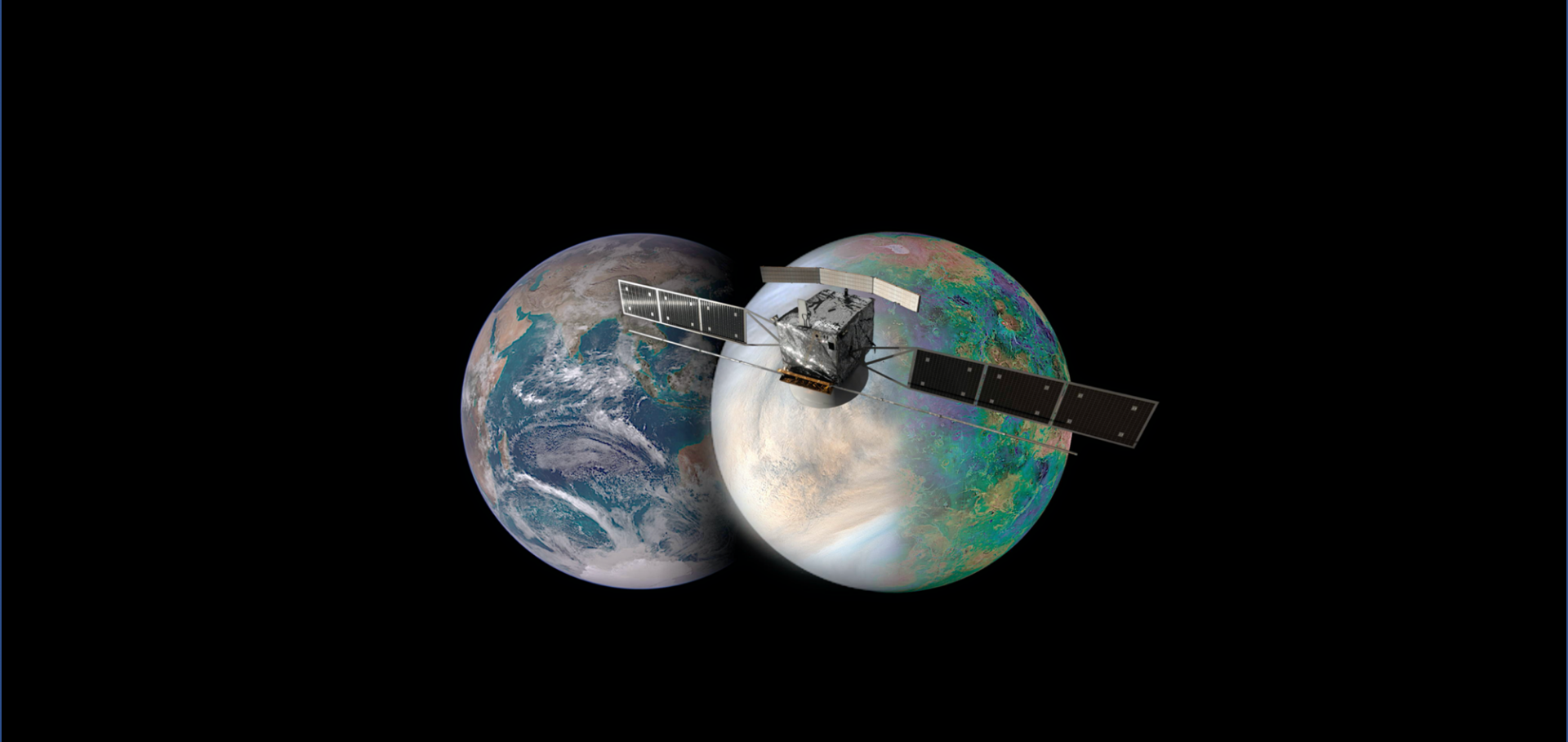Simulating physical weathering of basalt on Earth and Mars
GEOCHIMICA ET COSMOCHIMICA ACTA 71:15 (2007) A1068-A1068
The Beagle 2 environmental sensors: Science goals and instrument description
Planetary and Space Science 52:13 (2004) 1141-1156
Abstract:
A suite of instruments on the Beagle 2 Mars lander was designed and built in order to investigate the environmental conditions at the landing site. The sensor suite was capable of measuring air temperature at two heights, surface level pressure, wind speed and direction, saltated particle momentum, UV flux (diffuse and direct at five wavelengths), the total accumulated radiation dose and investigating the nature of the oxidising environment. The scientific goals of the instruments are discussed within the context of current understanding of the environmental conditions on Mars, and the instruments themselves are described in detail. Beagle 2 landed on Mars in late 2003, as part of the ESA Mars Express mission. The expected lifetime of the lander on the surface was 180 sols, with a landing site in Isidis Planitia, but has not responded to attempts to contact it, and has now been declared lost. The Environmental Sensor Suite (ESS) was intended to monitor and characterise the current local meteorological parameters, investigating specific areas of scientific interest raised from previous missions, most notably dust transport and transient phenomena, and additionally to add context to the conditions that any possible martian micro-organisms would have to face. The design of the instrument suite was strongly influenced by mass limitations, with eight sensor subsystems having a total mass of approximately 100g. Although Beagle 2 has been now declared lost, the scientific goals of an Environmental Sensors Suite still remain a valid target for any future astrobiology orientated missions. © 2004 Elsevier Ltd. All rights reserved.Measurement of wind at the surface of Mars
(2004)
Abstract:
The Martian atmosphere is of great scientific interest, both because of its similarity to Earth’s atmosphere, and because of its relevance to exploration of Mars. Although satellite instruments have provided a wealth of atmospheric data, they have provided little information about the atmospheric boundary layer. Conditions in the lowest few metres of the Martian atmosphere are perhaps the most directly interesting to humans, as this is the portion of our own atmosphere with which we have the most contact. In this thesis is described the design, calibration and operations planning for a new wind sensor for use on Mars. This sensor is lighter and smaller than previous Mars wind sensors. At the time of writing, the wind sensor is on its way to Mars as part of the science payload of Beagle 2, a small exobiology lander due to arrive in December 2003. The Beagle 2 wind sensor (B2WS) is a hot-film anemometer. Three platinum films are equally spaced around the surface of a vertical cylinder. A known current is dissipated in each film, heating the film 40-80°C above the ambient gas temperature. The film temperature is obtained by measuring its resistance. An effective heat transfer coefficient is then calculated for each film. A novel scheme has been developed which allows calculation of a wind vector from the differences between these heat transfer coefficients, rather than from their average. This makes the measured wind vector less prone to common-mode errors such as uncertainties in air temperature or sky temperature. The sensor was calibrated in a low density wind tunnel, optimised to provide stable winds of air or carbon dioxide at Martian pressures (5 – 10 mbar) and speeds (0.5 – 30 m/s). The flow field in the test section was calculated using analytical and finite element modelling techniques, and validated experimentally using a pitot probe. This facility’s stability and accuracy represent a significant improvement over previous calibration facilities. An analytical model of heat flow in the sensor has been developed in order to permit correction for conditions which may be encountered on Mars, but were not tested for in the wind tunnel. The wind sensor’s performance in a real Martian atmosphere is simulated using wind and temperature data from a previous Mars lander. The position of the wind sensor position at the end of Beagle 2’s motorised arm allows several new possibilities for wind measurement on Mars that were unavailable in previous missions. The height of the wind and air temperature sensors can be adjusted to any height between 20 and 95 cm above the ground. The temperature sensor can be scanned horizontally and vertically above the lander to study convective updrafts above the heated lander. Planned operations sequences on Mars are discussed.Performance characteristics of the PAW instrumentation on Beagle 2 (The astrobiology lander on ESA's Mars express mission)
Proceedings of SPIE - The International Society for Optical Engineering 4859 (2002) 32-44
Abstract:
The performance of the PAW instrumentation on the 60kg Beagle 2 lander for ESA's 2003 Mars Express mission will be described. Beagle 2 will search for organic material on and below the surface of Mars in addition to a study of the inorganic chemistry and mineralogy of the landing site. The lander will utilise acquisition and preparation tools to obtain samples from below the surface, and both under and inside rocks. In situ analysis will include examination of samples with an optical microscope, Mossbauer and fluorescent X-ray spectrometers. Extracted samples will be returned to the lander for analysis, in particular a search for organics and a measurement of their isotopic composition. The PAW experiment performance data will be described along with the status of the project.Heat conduction through the support pillars in vacuum glazing
Solar Energy Elsevier Sci Ltd, Exeter, United Kingdom 63 (1998) 6


